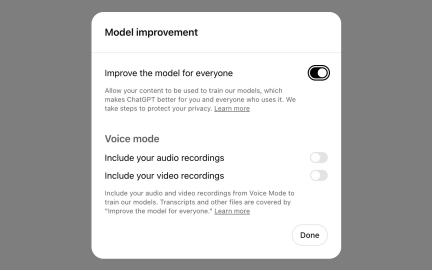Regulatory Compliance Understanding
This means knowing the legal and policy requirements that affect digital products, like accessibility, data use, or global business standards.
What is Regulatory Compliance?
Your product development proceeds without considering legal requirements and industry regulations until late in the process, creating expensive redesign needs and delayed launches when compliance issues are discovered.
Most teams treat regulatory compliance as a final legal check rather than understanding how regulations shape product requirements from the beginning, missing opportunities to design compliant solutions efficiently.
Regulatory compliance is the systematic process of ensuring products meet legal requirements, industry standards, and regulatory obligations through proactive compliance integration throughout product development rather than retrofitting compliance after products are built.
Teams with strong regulatory compliance achieve 50% fewer launch delays, 60% lower legal risk, and significantly reduced redesign costs because compliance requirements guide design decisions from project inception.
Think about how financial services companies build regulatory compliance into product design to meet banking regulations, or how healthcare technology companies ensure HIPAA compliance throughout development rather than adding privacy controls after launch.
Why Regulatory Compliance Matters for Market Access
Your products face launch delays, legal risks, and expensive redesigns because regulatory requirements aren't considered during planning and design phases when compliance integration would be less costly.
The cost of ignoring regulatory compliance compounds throughout product development. You discover compliance gaps late when fixes are expensive, face regulatory penalties that damage reputation, and lose competitive advantage through delayed market entry.
What proactive regulatory compliance delivers:
Faster market entry because products are designed to meet regulatory requirements from the beginning rather than requiring extensive modifications after compliance reviews identify problems.
When you build compliance into design processes, regulatory approval becomes predictable rather than a source of uncertainty and delay.
Lower development costs through early compliance integration that prevents expensive redesign and rework when regulatory requirements are discovered late in development cycles.
Reduced legal risk because systematic compliance processes ensure products meet regulatory obligations that protect both users and companies from legal liability and penalties.
Enhanced market credibility as regulatory compliance demonstrates professional standards and commitment to user protection that builds trust with customers and business partners.
Competitive positioning advantages through ability to enter regulated markets quickly while competitors struggle with compliance requirements they didn't anticipate during development.
Advanced Regulatory Compliance Strategies
Once you've established basic regulatory compliance capabilities, implement sophisticated compliance management and optimization approaches.
Multi-Jurisdiction Compliance Planning: Design compliance strategies that address different regulatory requirements across multiple markets and regions rather than building separate compliance approaches for each market.
Privacy-by-Design Implementation: Integrate privacy and data protection requirements into product architecture and design processes rather than adding privacy controls as additional features.
Automated Compliance Monitoring: Use technology to monitor compliance adherence and identify potential issues automatically rather than relying only on manual compliance checking.
Stakeholder Compliance Communication: Develop compliance communication strategies that keep stakeholders informed about regulatory requirements and compliance status throughout development processes.
Recommended resources
Courses

Product Discovery

Product Analytics

Introduction to Product Management
Lessons

Accessibility and Standards

Ethics, Limitations, and Best Practices





